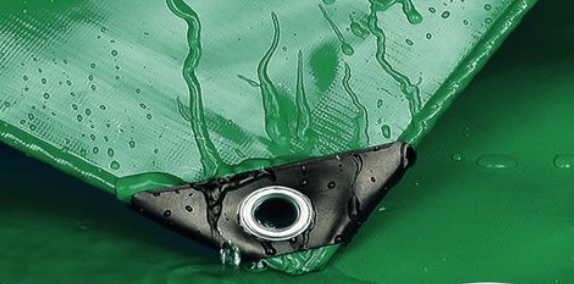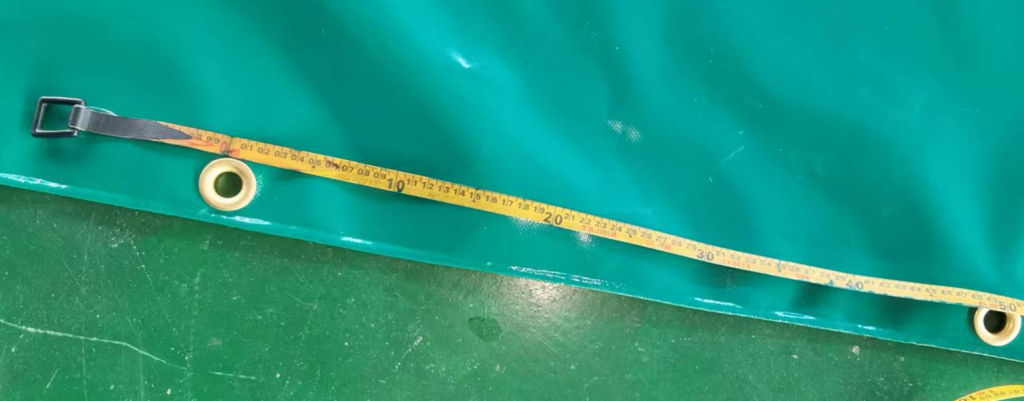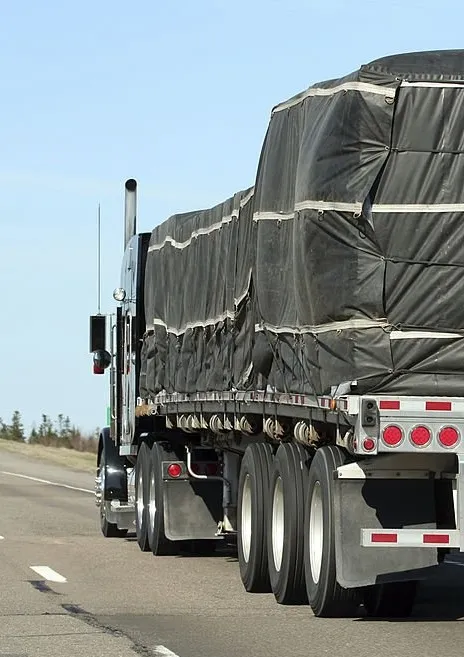
In camping in open areas where there is no natural shelter, the most frequent question from outdoorsmen is how to create a tarp cover for a tent when trees are not available. An outdoor insulated tarp offers the ideal solution with regard to weatherproofing, insulation, and ruggedness where traditional tree anchors are not available. With proper preparation and the right accessories, you can create a secure and firm shelter that guards your tent against wind, rain, and temperature fluctuations.
Why an Outdoor Insulated Tarp is Ideal for Camping
An outdoor insulated tarp does more than keep the rain out. Due to the multi-layer construction, it controls temperature, does not allow condensation to build up, and resists destructive UV radiation. It is superior to a thin, single-layer tarp for campers.
Used with an insulated tarp for a tent, they offer a second layer of defense against heat loss on cold evenings and overheating during sunny days. Outdoor storage tents’ top users also find insulated tarps a necessity because they protect living spaces and storage compartments, making gear protection possible irrespective of the weather.
Step 1: Choose the Right Outdoor Insulated Tarp
Before installation, the correct choice of an outdoor insulated tarp is crucial. Choose a tarp slightly larger than your tent footprint to extend over the sides and provide full coverage. Additionally, choose a tarp with durable edges and reinforced grommets because they provide flexible anchoring, especially in areas without trees.
If you expect to use an insulated tarp for tent camps regularly, invest in a light yet tough tarp that you can carry easily. Heavier tarps may be worth the weight for extended stays since they have long-term durability.
Step 2: Make use of Freestanding Poles or Stakes
The most effective way to top a treeless tent with a tarp is by making use of freestanding poles or sturdy stakes. Telescoping poles, trekking poles, or free tent poles would be fine. Tie the outside insulated tarp to the poles through ropes, clips, or carabiners. Place the tarp in a manner that the rainwater will trickle off instead of accumulating at the top.
For the best campers’ outdoor storage tents, the same method works. Poles can be erected on every corner of the storage unit or tent, and the insulated tarping laid on top for the best protection.
Step 3: Tie Down the Tarp to the Ground
Since there are no trees around, anchoring the tarp is even more imperative. Tie down the corners and edges of the outdoor insulated tarp with heavy-duty tent stakes, sandbags, or rocks. As an added precaution, pass guylines from the tarp and tie them to stakes driven in the ground at an angle.
When employing an insulated tarp as a tent cover, ensure that one side of the tarp is higher than the other. The incline prevents water from running and leaking, hence preserving the tarp’s longevity.
Step 4: Provide a Frame for Support
On a windy day, a frame-set system will keep your outdoor insulated tarp flat. Build a structure over your tent with PVC pipes, metal stakes, or collapsible frames. Draw the tarp over the structure and pull it tight. It is not just for camping but also for the best outdoor storage tents, which offer long-lasting and weather-resistant protection to gear, tools, or furniture outdoors.
Step 5: Adjust for Weather
Different weather requires different tarp configurations. In heavy rain, lower one side of the camping insulated tarp down low to the ground to block splashes. In hot weather, set it higher to create airflow as well as to shed heat. With an insulated tarp for a tent, these adjustments create comfort and maintain interior temperatures, making camping that much more enjoyable.
Campers utilizing storage configurations also adjust tarp placement to keep upper outdoor storage tents ventilated while still offering protection from the elements.
Additional Efficiency Tips
- Bring spare ropes and stakes: Be versatile when creating tarps without trees.
- Employ reflective tarps where possible: They enhance night-time insulation and visibility.
- Check wind direction twice: Situate your outside insulated tarp so the wind won’t catch it as a sail.
- Overlap with ground tarps: Pair overhead insulation with ground barriers for optimal protection.
These small touches make your insulated tarp for tent setup even more reliable, especially in exposed areas like beaches, deserts, or open fields.
Conclusion
How to tarp a tent without trees is an important camping ability for people who camp in open regions. A tarp designed for the outdoors provides the durability, weatherproofing, and insulation needed to protect both tents and storage areas. Attached to the best camping gear storage tents to protect equipment or as an insulated tarp tent for warmth during adventures, a well-constructed tarp setup offers comfort and safety regardless of the weather. To campers, tarp skills are just as important as discovering the best gear.



